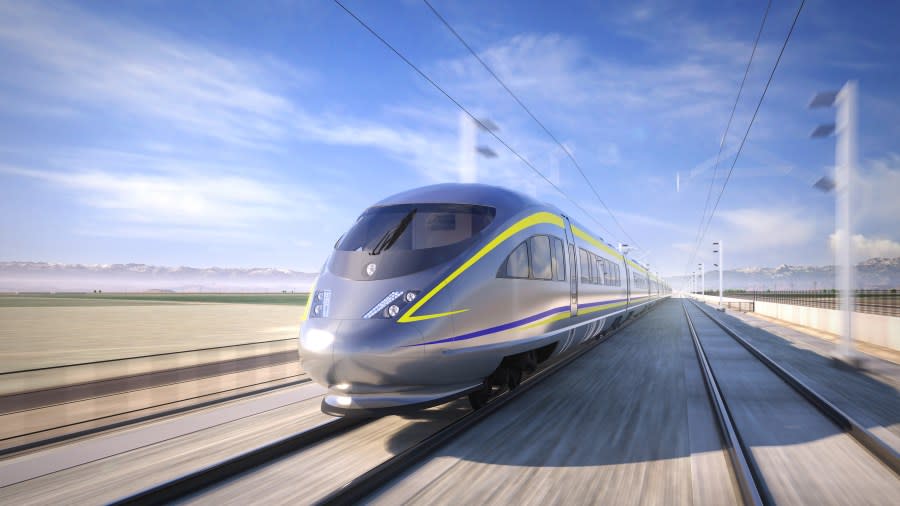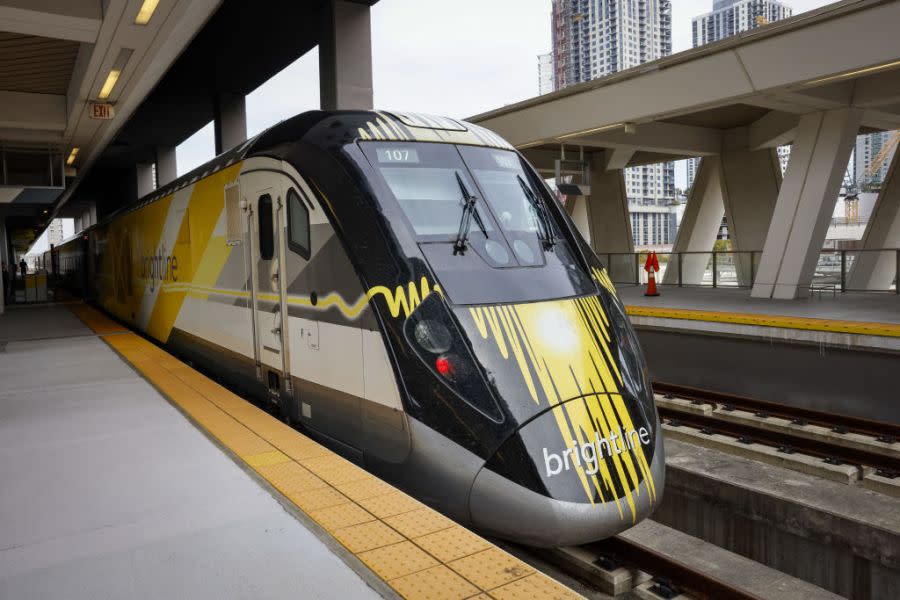California High-Speed Rail one step closer to acquiring nation’s first 220 mph trains

The California High-Speed Rail Authority is getting closer to procuring trains for what it says is the nation’s first high-speed rail system.
This week, the Authority’s Board of Directors approved the release of a “Request for Proposals,” which will clear the way for two pre-selected manufacturers to make their pitches to be the firm chosen for building and delivering the trains. The Authority began screening and evaluating candidates last August.
In January, the authority released its shortlist of possible vendors, which included Siemens Mobility and Alstom Transportation. Both companies have deep ties and previous success in California’s transit systems.
Germany-based Siemens has been building trains in Northern California since the 1980s and its U.S. headquarters for rolling stock is located in Sacramento.
Full manufacturing, including design, engineering, testing and assembly is all done at its 710,000-square-foot facility in Sacramento, which employs about 2,500 people, the company says.
Siemens has built trains for Amtrak, as well as the trains used in Florida for Brightline, the company that is building the Southern California-to-Las Vegas bullet train.
What’s the difference between California’s 2 high-speed rail projects?
Alstom, a manufacturing company headquartered in France, has a facility located on Mare Island in Vallejo.
The company is currently building the LAX automated people mover and has manufactured hundreds of new train cars for Bay Area Rapid Transit (BART), officially replacing the transit system’s entire fleet of older cars.
Alstom also builds the Avelia Liberty, best known in the U.S. as the trains chosen by Amtrak to be used in its Acela system in the Northeast Corridor — the busiest passenger rail line in the U.S.
San Francisco-to-L.A. overnight train inches closer to reality
Current Acela trains are electric with speeds reaching 150 mph, making them the fastest operating trains currently in operation in North America. The Avelia Liberty, which will be deployed in the Acela system later this year, is capable of reaching speeds exceeding 200 mph, but existing infrastructure on that rail line limits the max speed which trains can travel.
Both Siemens and Alstom will have high benchmarks to reach if they want to be selected as the manufacturer of the California High-Speed Rail.
Six electric trainsets capable of operating at speeds of 220 mph will need to be built, including two prototype trainsets for testing and trial running. Four will be deployed in the 171-mile “Initial Operating Segment” connecting Merced to Bakersfield.
The prototypes will need to be delivered by 2028, with the other four arriving by the time the Merced-to-Bakersfield segment nears operation. All trainsets will need to be tested to reach speeds of up to 242 mph, the Authority said.
The contract also requires a 30-year commitment to maintain the trains. Train designs will be a collaborative process, with feedback from hundreds of stakeholders, including members of the public.
CAHSR board member Tom Richards said this current step in the process continues the “urgent march to put federal dollars to work, creating new industries and economic opportunity around high-speed rail.”
This is what the interior of California’s high-speed trains might look like
Final proposals will be due in the fall and the Authority says it hopes to award the contract to the chosen company by the end of the year.
Officials say the eventual purchase of these trainsets was made possible by a $3 billion federal grant awarded to the Authority last year. A stipulation of the federal grant was that the trains be built in America.
As of November 2023, the California High-Speed Rail says it has completed 45 structures, started work on 33 more and completed 56 miles of guideway. Work is beginning to expand from the current 119 miles of active construction to the full 171 of double-track electrified rail that will comprise the initial operating segment.
Almost all of the major environmental reviews throughout the system have been completed, with the main outlier being the segment between Palmdale and Burbank. Officials expect to have that completed this year, with the Anaheim segment to receive clearance around 2025.
“By the end of this year, we will know who will build California’s first high-speed trains, setting the course for better, more accessible rail travel in California,” Richards said.
For the latest news, weather, sports, and streaming video, head to KTLA.




